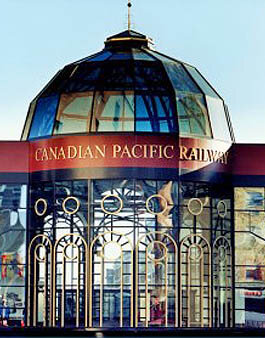To follow up on my previous point about seeing empty, underused buildings as potential assets rather than liabilities, it's worth keeping in mind Jane Jacob's famous line about new ideas requiring old buildings. Yes, the conditions that gave rise to this neighborhood seem to be gone for good, but the availability of a lot of cheap space may present opportunities that don't exist particularly in cities with massively over-heated real estate markets like Vancouver and Toronto.
In some ways it reminds me of the vast swaths of empty industrial space in places like SoHo in Manhattan and King Street West in Toronto. It's crazy to think about it now, but both cities insisted on keeping the areas zoned for industrial uses, which they saw as a key component of their economies. They actually saw artists and incoming residents as threats who were stealing space from industry! Eventually they gave in and changed the zoning rules (1970s in SoHo, 1990s in King West). I still remember all the bellyaching in Toronto back in the 1990s about how the city was becoming a "bedroom community" and how we needed to protect traditional blue-collar employment space.
Anyway, I see a similar potential dynamic in Downtown Calgary. Despite the changing economy, there are still a lot of people out there who think that the only solution is to try to return to the old days, as if we're going to get enough corporate headquarters to fill most of downtown back up with office workers who drive in from the suburbs and eat lunch in the plus15. And, to some extent, you can't blame them. At the moment it seems like an impossible task to do anything else. As has been said many times on this board, most of these buildings do not adapt well to residential purposes. Most of them are ugly and outdated. How can you do anything with a 1970s office building except renovate it and fill it back up with cubicles and office workers?
Of course, all of these things were also being said about the
sterile brick boxes on King Street West. They were considered ugly and unusable for anything other than industrial purposes. Industrial chic was not yet a thing. Few considered them to be of heritage value. The point, however, is that all of this cheap, plentiful space ended up being a huge asset for new activities that no one could have predicted at the time.





